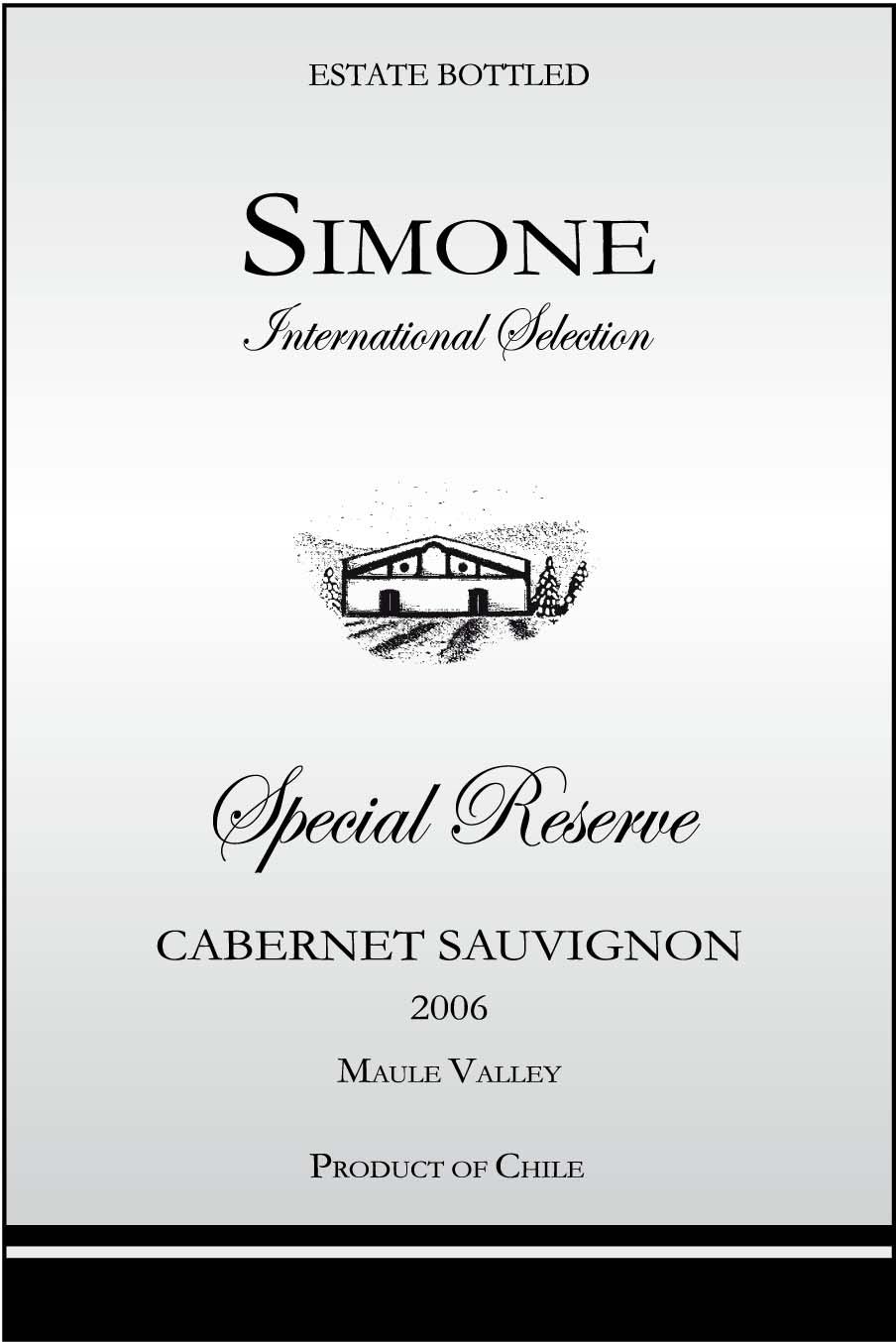2006 Maule Valley Cabernet Sauvignon
The Simone Special Reserve Cabernet Sauvignon from the esteemed 2006 vintage showcases an enticing deep red hue, hinting at its age and character. Hailing from the picturesque Maule Valley, this wine exhibits a medium to full-bodied profile that is beautifully complemented by bright acidity, making it both refreshing and enjoyable. The fruit intensity is prominent, featuring luscious notes of blackberry and plum, enriched by undercurrents of chocolate and a touch of spice. Tannins are firm yet well-integrated, providing a structured mouthfeel that invites contemplation. This Cabernet Sauvignon is dry, allowing the rich flavors to shine through without being overwhelming, truly embodying the elegance and depth of its region.
The Simone Special Reserve Cabernet Sauvignon from the esteemed 2006 vintage showcases an enticing deep red hue, hinting at its age and character. Hailing from the picturesque Maule Valley, this wine exhibits a medium to full-bodied profile that is beautifully complemented by bright acidity, making it both refreshing and enjoyable. The fruit intensity is prominent, featuring luscious notes of blackberry and plum, enriched by undercurrents of chocolate and a touch of spice. Tannins are firm yet well-integrated, providing a structured mouthfeel that invites contemplation. This Cabernet Sauvignon is dry, allowing the rich flavors to shine through without being overwhelming, truly embodying the elegance and depth of its region.




